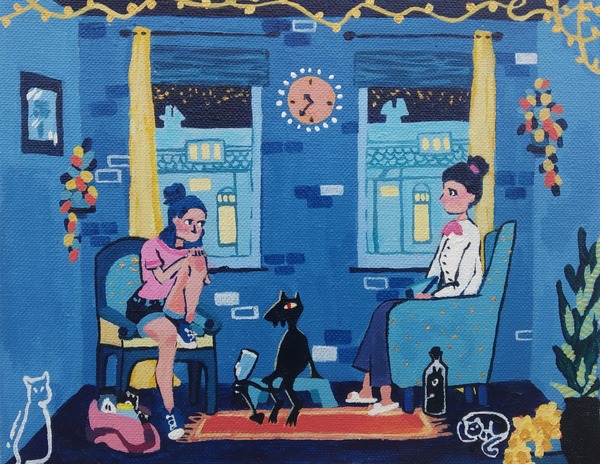Art has an incredible ability to express abstract ideas and emotions that often elude words. In May’s open submission, we’ve selected five talented artists exploring mental health complexities. Their artworks provide valuable insights and evoke powerful emotions, offering a unique perspective on this profound subject. Explore the captivating creations of these artists as they navigate the diverse nuances of mental health through their artistic expressions.
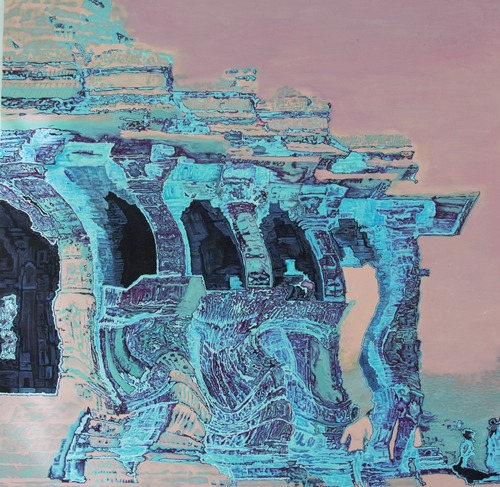
Semblance of Reality by Sonali Jain:
A 28-year-old architect based in Delhi, India, explores the emotional connection between architecture and art. Through her work, she captures the captivating and sometimes divisive nature of structures and monuments. Sonali’s creations serve as a therapeutic outlet, reflecting her emotions and conveying the interplay between tangible and intangible aspects of architecture.
Feeling Blue by Aaratrika Roy:
22-year-old artist Aadrika Roy takes a unique approach to portraying mental health. Her artwork offers a nuanced perspective, exploring hidden days of bottled-up emotions. The thought-provoking images prompts reflection on the subtle battles preceding the release of our inner demons.
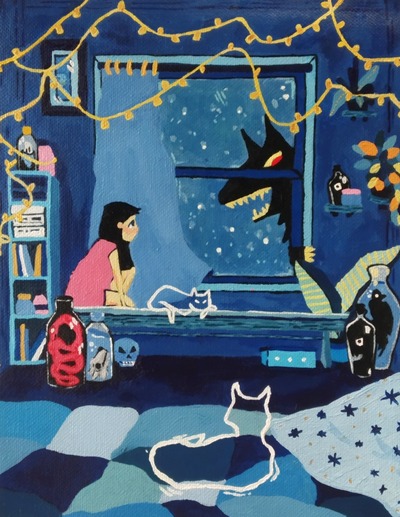
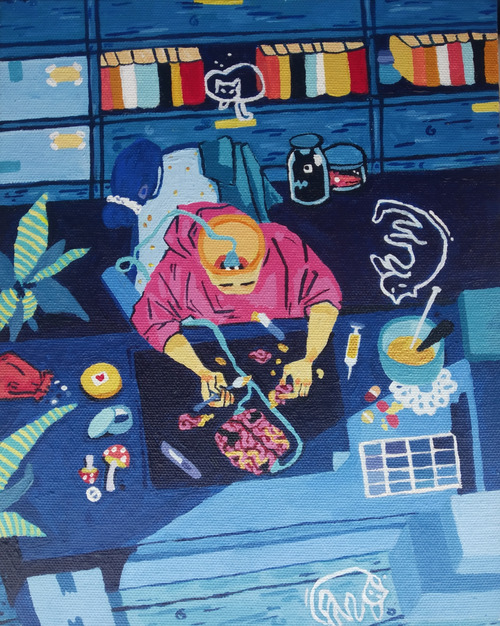
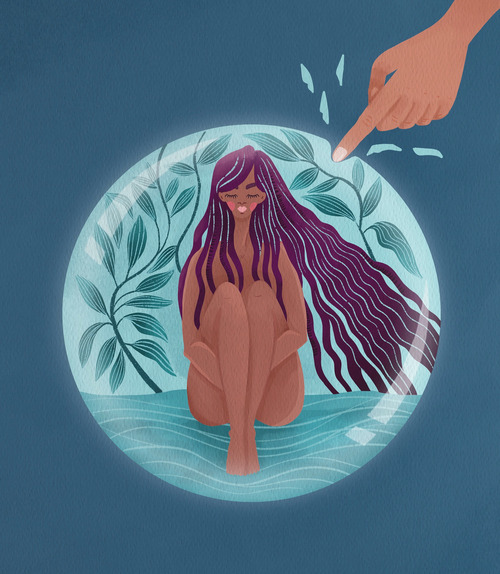
Bubble by Veda Raheja:
This artwork delves into healthy boundaries, prompting viewers to ponder personal limits. Veda aims to inspire diverse interpretations, encouraging contemplation of boundary’s impact on relationships and growth.
Aam Aur Alag by Nisarg Barot:
Nisarg Barot shares a personal exploration of his neurodivergent journey with ADHD and GAD. Through thought-provoking photographs, Nisarg captures the intricate network of neurons in the ADHD and GAD system. These images symbolize the challenges of attention regulation, the weight of anxiety, and the moments of hyper-focus that enable seamless functioning.


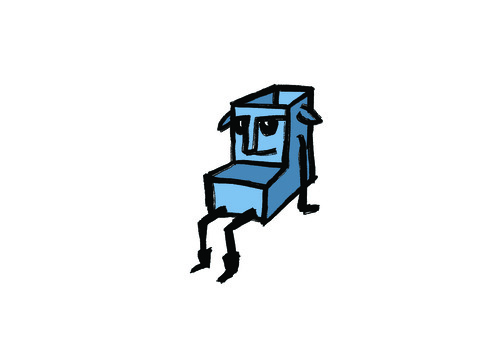
An Empty Box by Saagar Kambli:
The character represents the challenges faced by individuals with mental health issues, including depression, identity crisis, stress, anxiety, discrimination, and stigma. The empty box symbolises both their struggles and the potential for transformation. By fostering mental well-being, we can empower this person to reshape their life and reduce the risk of self-harm.
